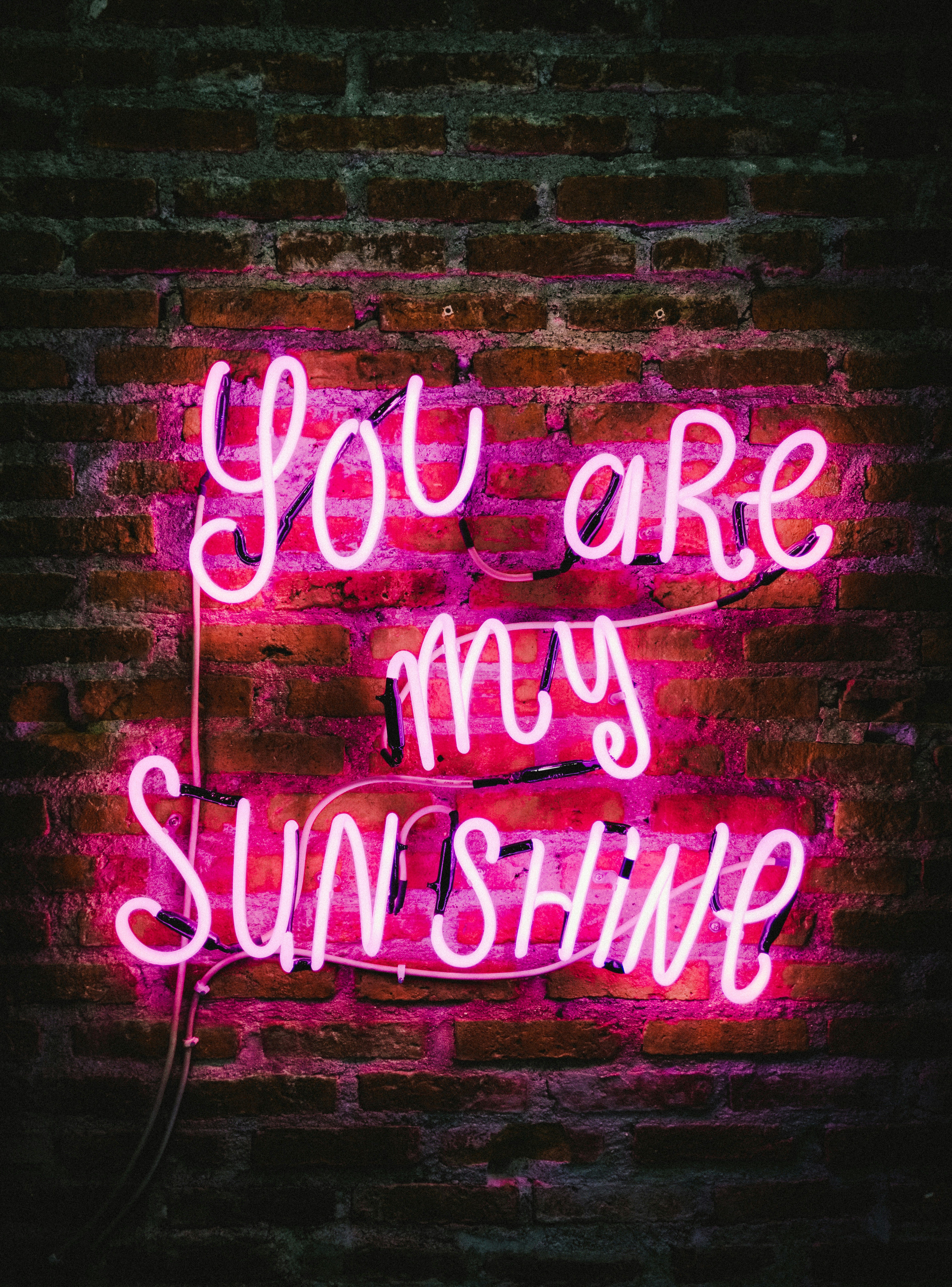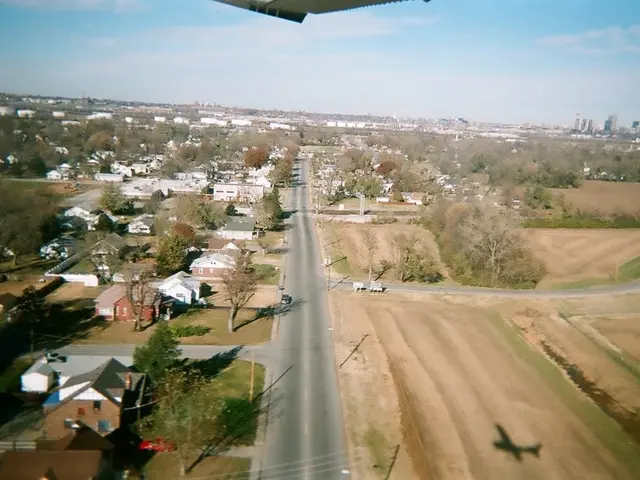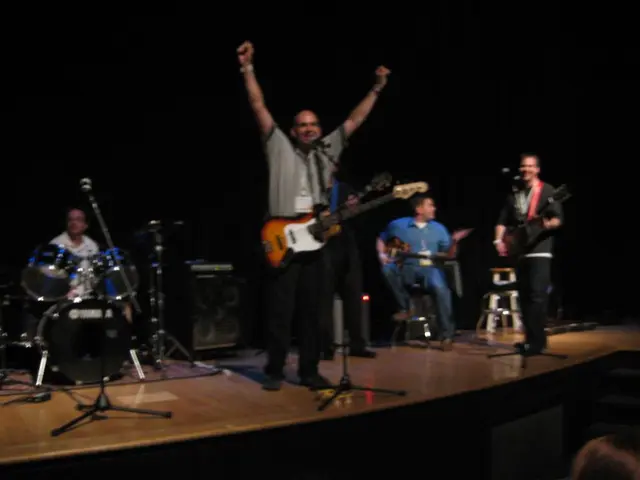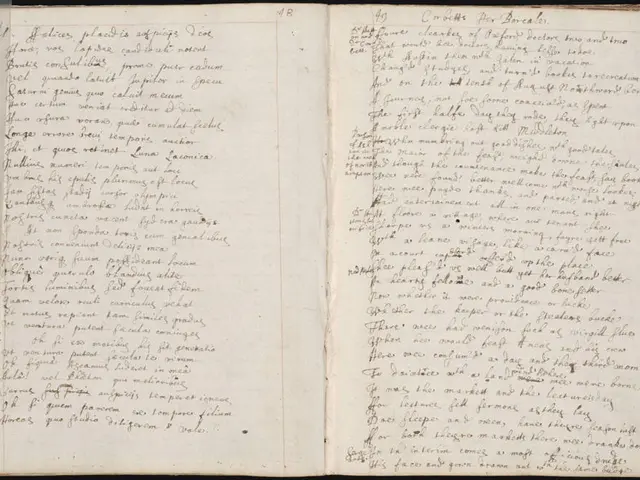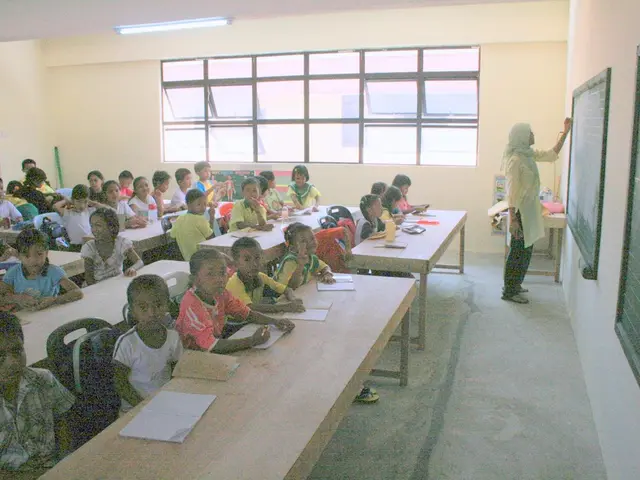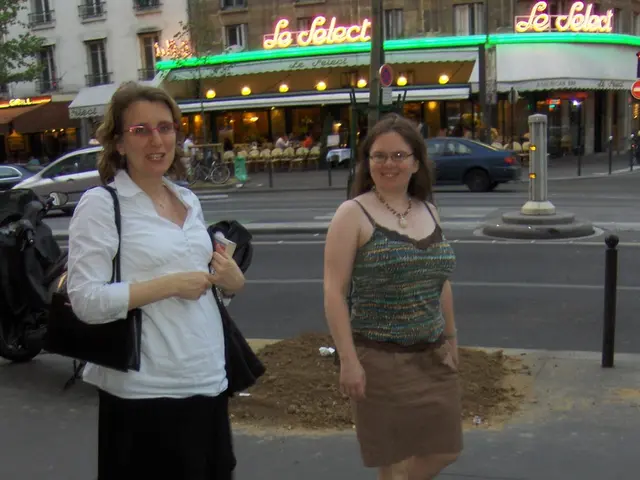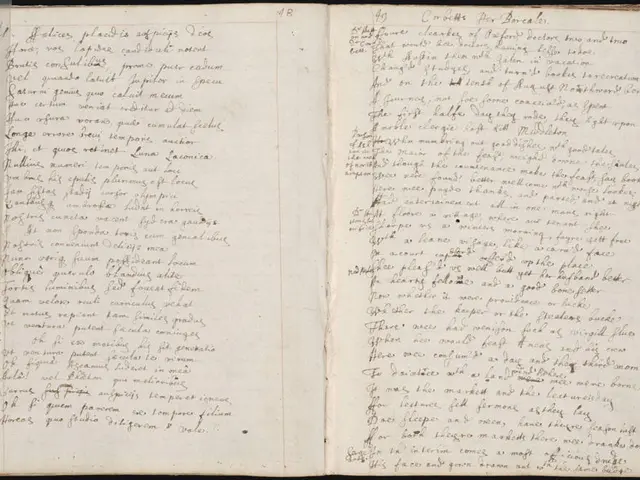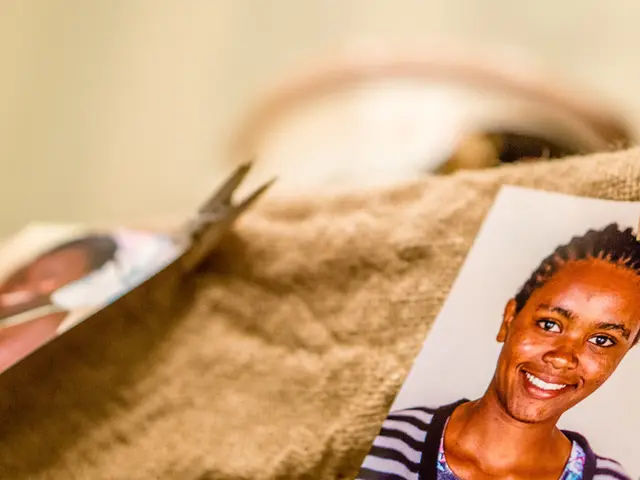Vietnamese Americans discuss the act of code-switching and their feelings of American identity synergy
Rewritten Article:
Vietnamese Diaspora in the United States: A Journey of Resilience
Dzung Pham's first encounter with American culture began with a exhilarating dip in a hotel pool, witnessing a lifeguard flashing a grin adorned with braces—an unforgettable sight for the 14-year-old migrant from Vietnam. This marked the start of a new chapter in Pham's life, filled with American traditions, rites, and experiences.
Fast forward five decades, and Pham, along with other families, shared their tales of adaptation and cultural code-switching with NBC News to mark the 50th anniversary of the fall of Saigon. They recounted the events of April 30, 1975, which signified the end of the Vietnam War. With the capture of Saigon—renamed Ho Chi Minh City—by North Vietnamese forces, the country was reunified as the Socialist Republic of Vietnam. April 30 is observed as Reunification Day.
The event triggered a refugee crisis, causing over 100,000 people to desert Saigon and head for the United States via Guam. Fleeing by boat, refugees braved starvation, pirate attacks, and drownings, earning the moniker "boat people." Today, there are over 2.3 million Vietnamese Americans in the U.S., boasting the largest Vietnamese diaspora globally.
Pham, now decades later, reminisced about his swift acclimation to American life. With his name inconveniently spelled in the Vietnamese alphabet, Pham spent high school correcting his peers until he earned the nickname "Zoom" for his prowess as a swimmer.
Long Nguyen, a veteran who has lived in the U.S. for fifty years, acknowledged that it took a while, but he now feels more at ease embracing his Vietnamese traditions. "I tried to dodge being a Vietnamese for a long time because it's tough to balance being both Vietnamese and American," Nguyen said. "But now that you settle down, it's like, 'Wow, I can finally be more Vietnamese.' I feel very Vietnamese now, even if my Vietnamese isn't as fluent."
Tam Huu Do, who moved to the U.S. at the age of 17, believed that it's essential to remain connected to his roots. "This country was formed by immigrants, so people with different backgrounds and cultures immigrating here—if you ask what an American is, it's hard to define," Do said.
Though Do has resided in the U.S. for more than two-thirds of his life, he cherished the abundance of Vietnamese culture—in language, food, music, and literature—that he found in Orange County, California. "A Vietnamese historian wrote an important sentence—he said, 'People need to know the history in order to love their country. So while trying to integrate into this society in America, you must not forget your roots,'" Do recalled.
Enrichment Data:
History of the Vietnamese Diaspora in the United States
The arrival of Vietnamese refugees in the United States following the Vietnam War marked the beginning of the Vietnamese diaspora in the country. After the fall of Saigon on April 30, 1975, approximately 100,000 people fled to the United States, led by a wave of refugees known as "boat people."
Immediate Post-War Migration
Initially, approximately 130,000 Vietnamese refugees were resettled in the U.S. through the assistance of the U.S. government and various non-governmental organizations. Major cities like Houston and Orange County in California became havens for refugees due to their economic opportunities and favorable climate.
Post-War Resettlement Challenges
Despite the assistance they received, refugees faced numerous challenges upon arrival, including joblessness, financial difficulties, and cultural barriers. Many lacked English fluency, professional qualifications, and startup capital, which made it difficult for them to integrate into their new community effectively[3]. Nevertheless, they managed to overcome these hurdles by utilizing opportunities in affordable housing and entrepreneurship, laying the groundwork for thriving communities.
The Emergence of Little Saigon
A symbol of Vietnamese resilience is the creation of Little Saigon in Orange County. This area, initially noticeable for remnants of orange groves and strawberry fields, was transformed into a vibrant Vietnamese cultural hub by ambitious Vietnamese American businessmen, bolstering local economies and fostering a strong sense of community[5].
Cultural and Social Impact
Vietnamese Americans have significantly enriched American culture, preserving traditional practices while also adapting to their new environment. The community is known for its vibrant festivals, community events, and rich cuisine, shaping communities around them[3].
Economic Impact
Vietnamese American businesses have flourished over the years, especially in urban centers with a sizable Vietnamese population. From small eateries to large retail outlets, these establishments have significantly contributed to local economies and become integral to their communities' identities.
Legacy and Contemporary Situation
Today, the Vietnamese diaspora in the U.S. is a flourishing and dynamic community consisting of over 2.1 million individuals, mainly descendants of refugees who immigrated during and after the Vietnam War. Despite the hardships that they initially faced, Vietnamese Americans have carved out a niche for themselves, making significant contributions to American society in terms of culture, economy, and social impact.
As the Vietnamese community celebrates important milestones like the 50th anniversary of the fall of Saigon, they continue to reflect on their history and cultural heritage while creating a promising future in their new homeland[1][3].
- Dzung Pham recounted his initial encounter with American culture, which was marked by a lifeguard with braces in a hotel pool during his adolescence as a migrant from Vietnam.
- The Vietnamese diaspora in the United States was sparked by the arrival of refugees following the Vietnam War, with over 100,000 people fleeing to the U.S. after the fall of Saigon.
- Long Nguyen, a 50-year U.S. resident, initially tried to distance himself from his Vietnamese heritage but now embraces it more openly, despite not being as fluent in the language.
- Tam Huu Do, who moved to the U.S. at 17, emphasizes the importance of staying connected to one's roots and integrating their cultural identity into American life.
- The creation of Little Saigon in Orange County, California, symbolizes Vietnamese resilience and served as a cultural hub for refugees, contributing to local economies and fostering a strong sense of community.
- Vietnamese Americans have enriched the broader American culture through vibrant festivals, community events, and rich cuisine, shaping communities around them.
- There are numerous successful Vietnamese American businesses that have flourished, especially in urban centers with a sizable Vietnamese population, contributing significantly to local economies and community identities.
- Maybe, in the realm of personal growth, one can learn from the resilience and perseverance exhibited by the Vietnamese diaspora in adapting to their new environment while maintaining their cultural heritage.
- As for career development, it's worth considering the potential opportunities within the sports betting industry, given the growing popularity of basketball, particularly in the NBA.


